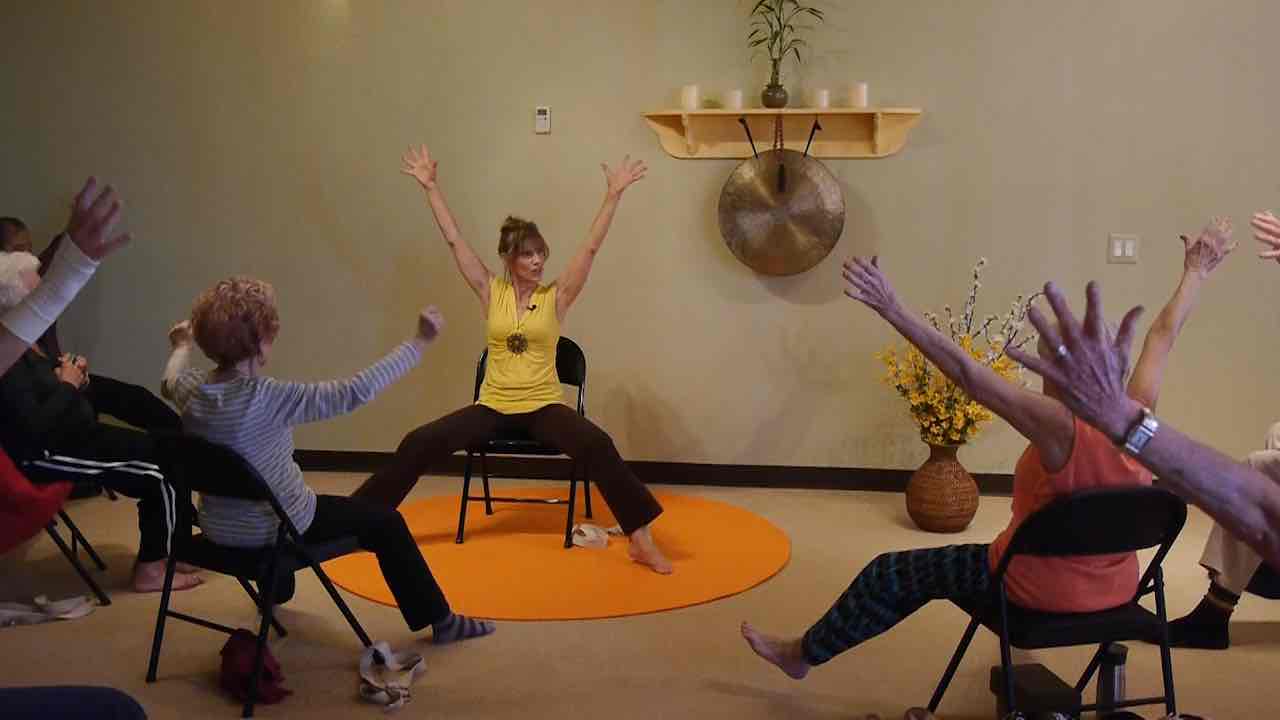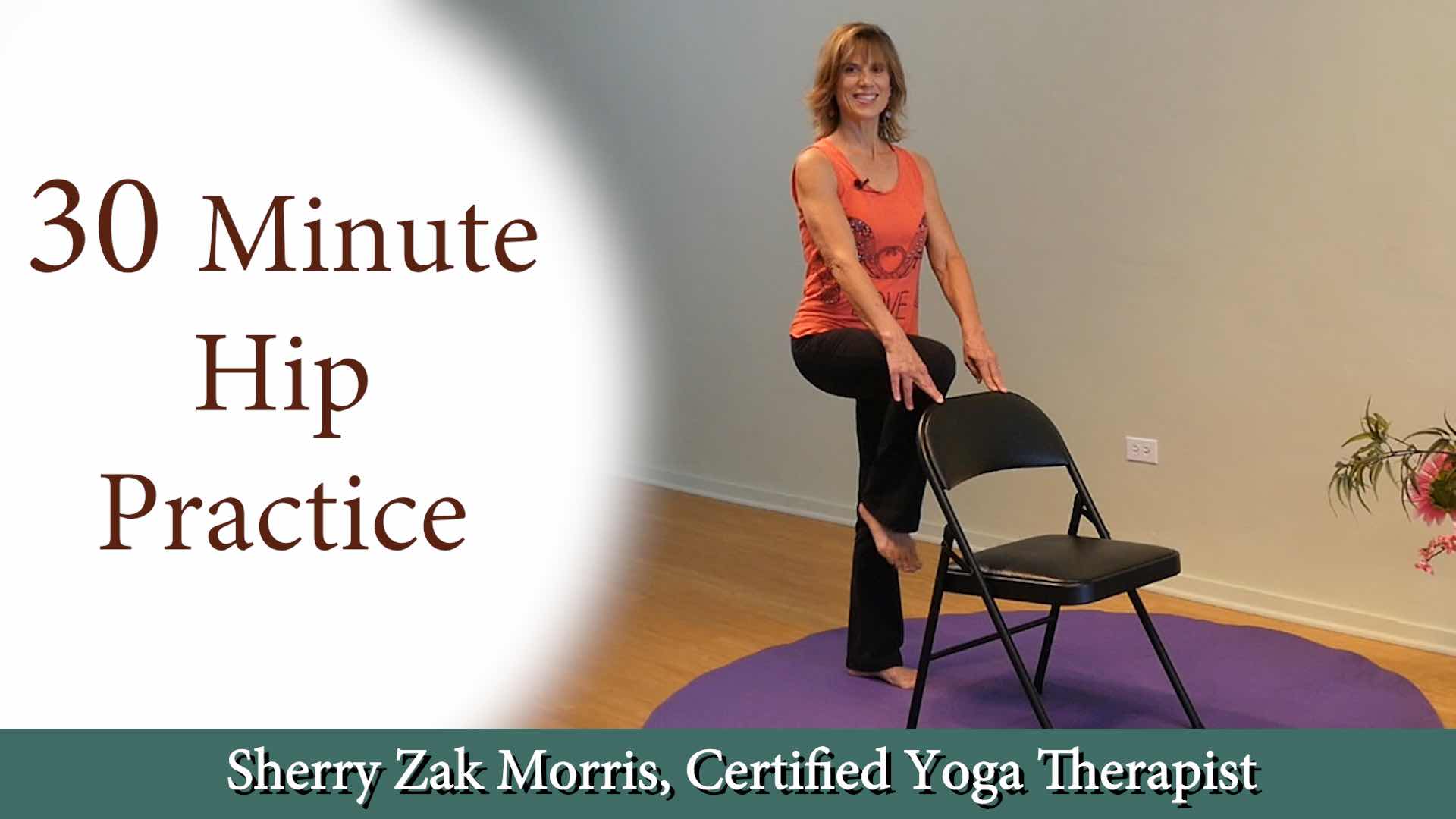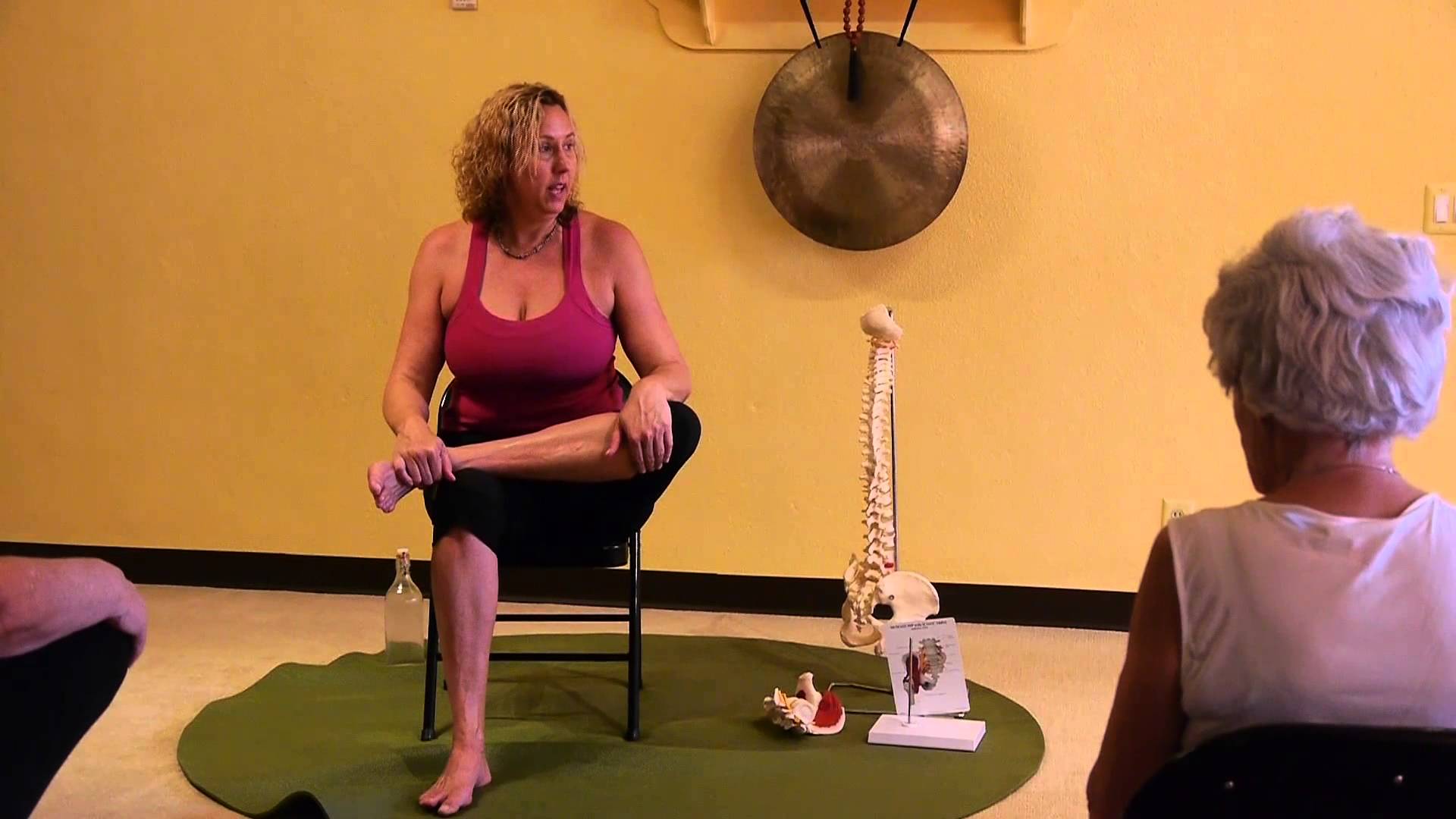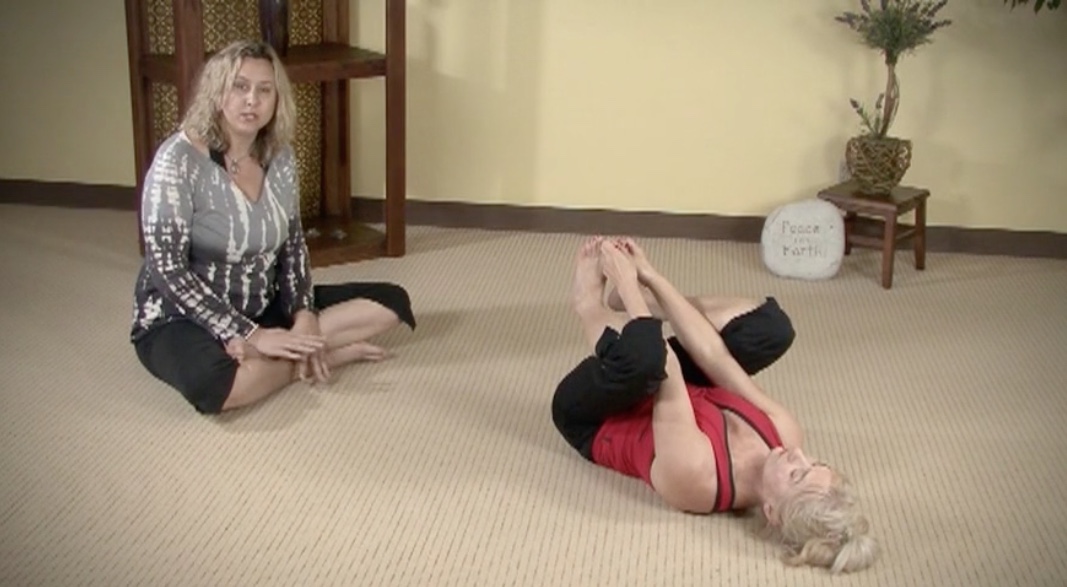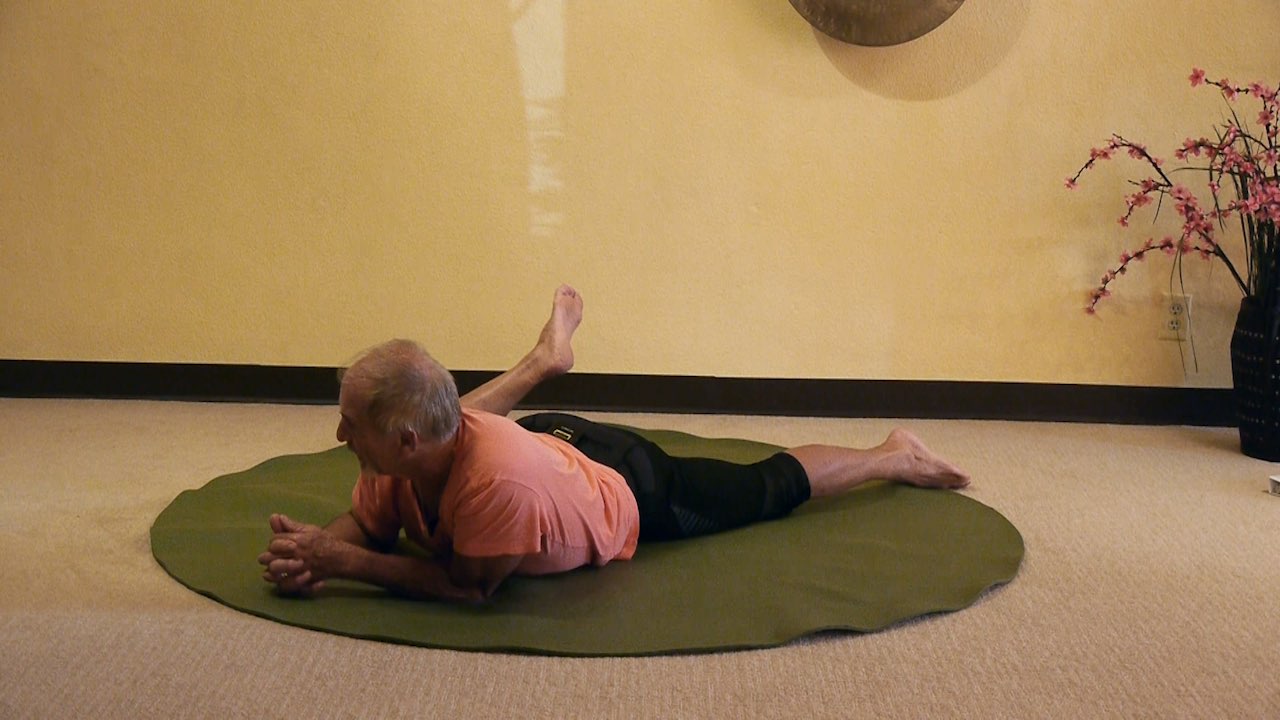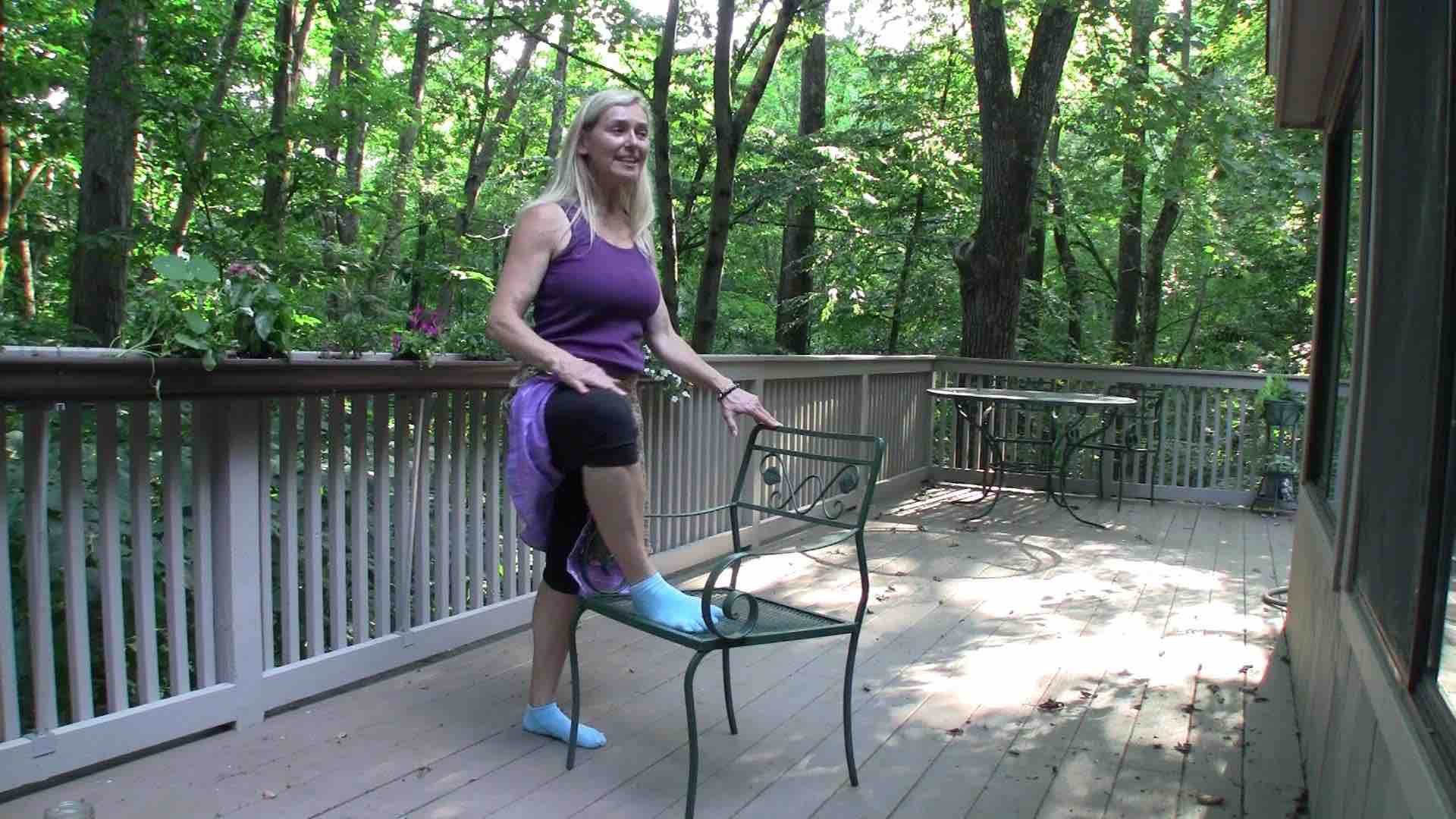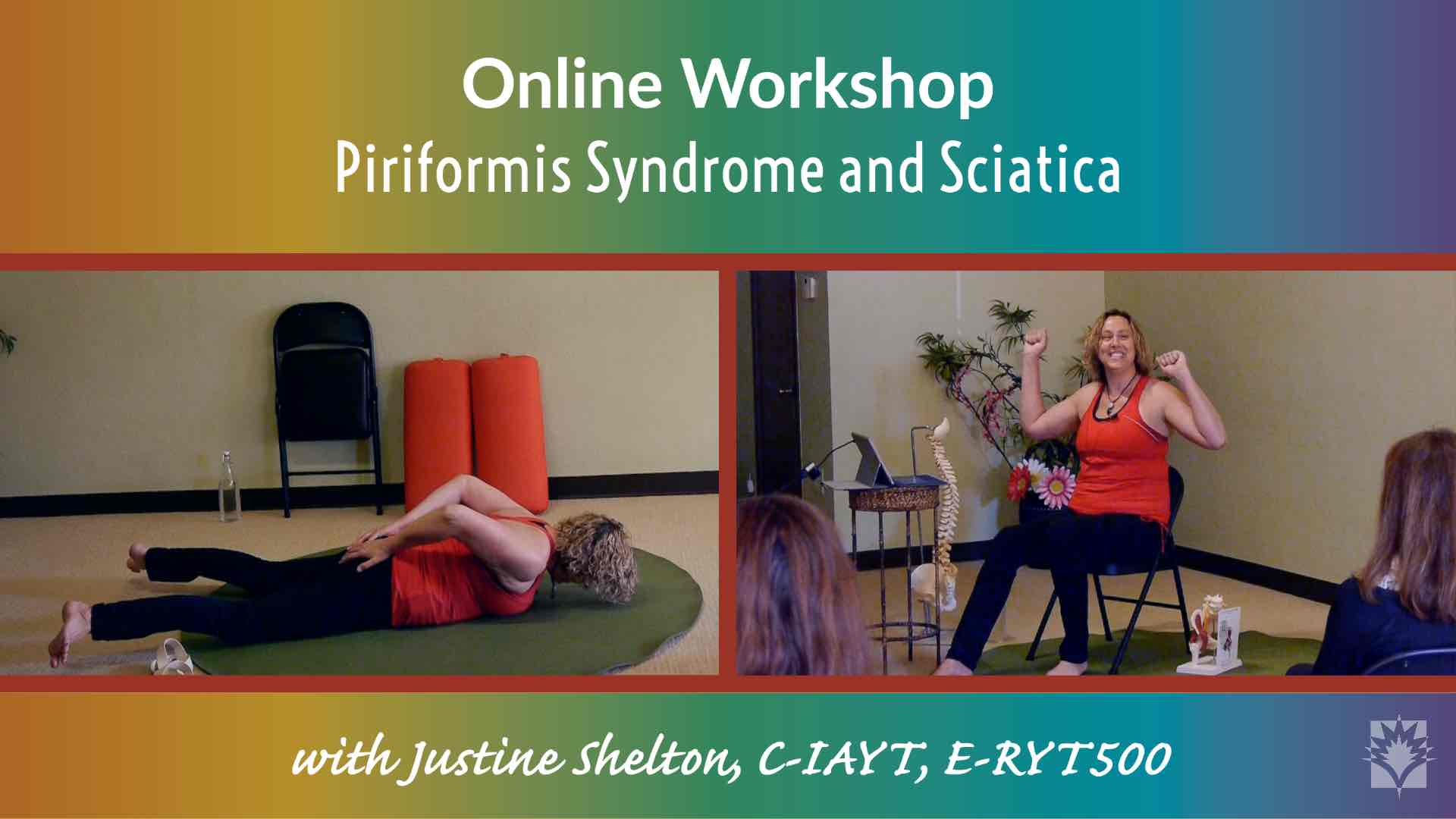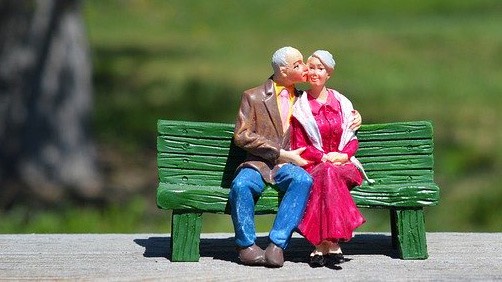
We’re Anatomy Geeks!
If you’ve been reading our Articles or watching our videos, then you may know that Justine and I are Anatomy geeks. In other words, we like to look at bodies, postures, pain and asanas from an anatomical perspective. We’re also women, and thus have been taught to sit differently than men. However, we’re learning that HOW we sit affects our joints, muscles and overall well-being.
Our Sitting Posture
When Dr. Barbara Bergin’s article came by my desk, I had an ah-ha anatomical moment! Pain in the lower extremities prompt many women to take up Yoga for relief. Interestingly, how we sit may hold the key to reversing these kinds of repetitive strain disorders!
In her article, Dr. Bergin, an orthopedic surgeon, mentions several damaging lower body conditions that can be caused by how women are sitting. For example, patellar malalignment and chondromalacia, greater trochanteric bursitis, piriformis syndrome, and gluteal tendonitis. She also refers to iliotibial band syndrome, posterior tibialis tendonitis, peroneal neuritis and plantar fasciitis. In addition, she explains why she thinks some of these conditions are caused by sitting like a lady.
Take a look at the following excerpts:
“It’s a women’s health movement…. and I refer to it on a daily basis…”
“Some of these conditions [named above] are seen almost exclusively in women. Frankly it’s my “gut” feeling that they’re all seen more commonly in my female patients. And an orthopedic surgeon’s gut counts for something.”
How do you sit like a man?
“Well, first you have to spread your legs a little apart… Let those knees drop slightly apart, with the left leg pointing essentially to the 11:00 position on a clock, and the right knee to 1:00… But while you allow those knees to comfortably drift apart, don’t keep your feet to the outside of your knees… Honestly, you have only to look at [any man] to figure it out, because that’s how they always sit…”
“Now let’s take this one step further. You have to use this technique for getting in and out of chairs, because a lot of stress is placed on your knee cap when you sit down and stand up. So just keep those knees pointed at 11:00 and 1:00 when you get up and down. Don’t allow them to collapse into that knock-kneed position again. And keep your feet flat on the ground…”
“That’s it! That’s all there is to it!…”
Hip movements to feel better
I like to incorporate hip movements in all of my classes. This has a myriad of benefits for our bodies. Try out this sequence for yourself:
Hip Strengthening and Hip Mobility in one Yoga Pose: The Curtsy! with Sherry Zak Morris
Hip injuries from slips and falls are way too common in the 50+ population. In preparation for those accidental mishaps… let’s keep our hip joints the healthiest we can by strengthening and moving them. Hail to the Queen – the curtsy is a fun sequence that requires balance too!
Keep moving your hips and SLAM whenever you can!
Sherry
To watch a video related to this Topic, click on an image below:
Note: The videos listed are included in all YogaVista.TV subscription plans.
Online Workshops related to this Topic:
Online Workshop: Piriformis Syndrome and Sciatica
Low back pain, leg numbness and inflammation are common symptoms of Sciatica. Unfortunately, it is one of the most prevalent low back conditions found in the 50+ population. If you suffer from Sciatica or are a Yoga teacher interested in learning more about this condition, this Workshop will give you a solid foundation and tools for relief! Certified Viniyoga Therapist, Justine Shelton, discusses the causes and symptoms of Sciatica. She also offers Yoga remedies and movement guidelines for both Chair and Mat Yoga classes.
CREDITS: Author, Sherry Zak Morris, Certified Yoga Therapist
Co-Author, Susana Jones, Certified Yoga Therapist
Editor, Maria Perez, Certified Yoga & Group Fitness Instructor

